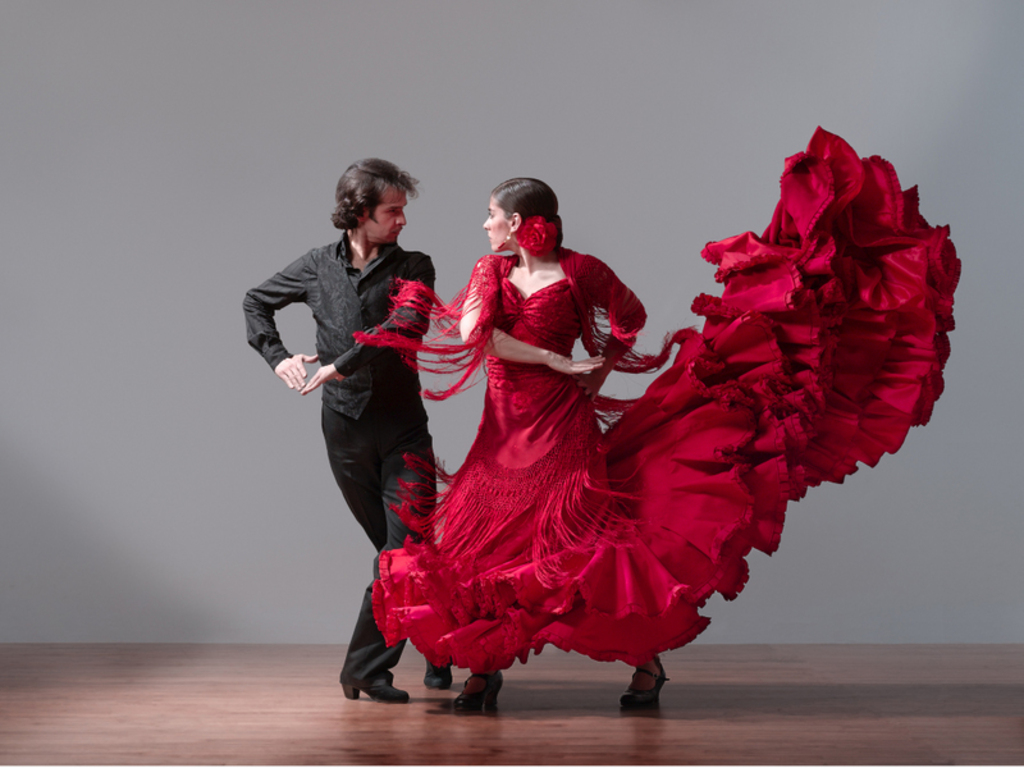Bulgaria.
The next traditional dance that I am going to talk to you about is in Bulgaria. Their traditional dance is called Hora. This is like a circle dance and it began in Balkans and it was also found in other countries. Its also called xopoc which is a Greek word which means 'circle'. This dance is normally seen at Jewish parties and religious occasions such as a weddings and Bah mitvas. You perform the dance by everyone holding hands in a circle, first stepping right with the left foot, then stepping left with the right foot. They dance to a song which is called the Hava Nagila. This song became very popular and widespread throughout Romanian, Russian Communities and American Jewish.
There are different types of Hora dances such as the Hora Mare (Large Hora), Hora dreapta ( straight Hora) whiv=ch is the most common out of all the different types, Hora lente (slow Hora) and Hora mare Bucovineasca. Those two have a very slow tempo and the rhythm is between 5/16 and 3/8.

.jpg)
